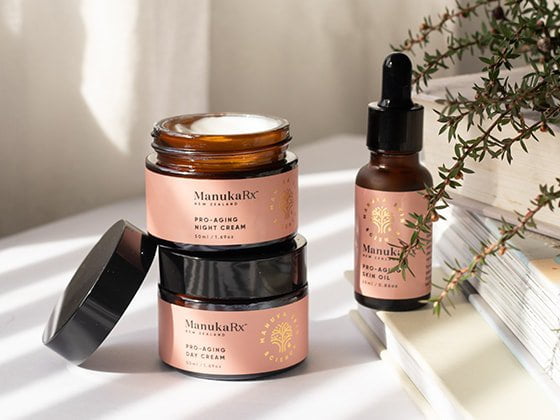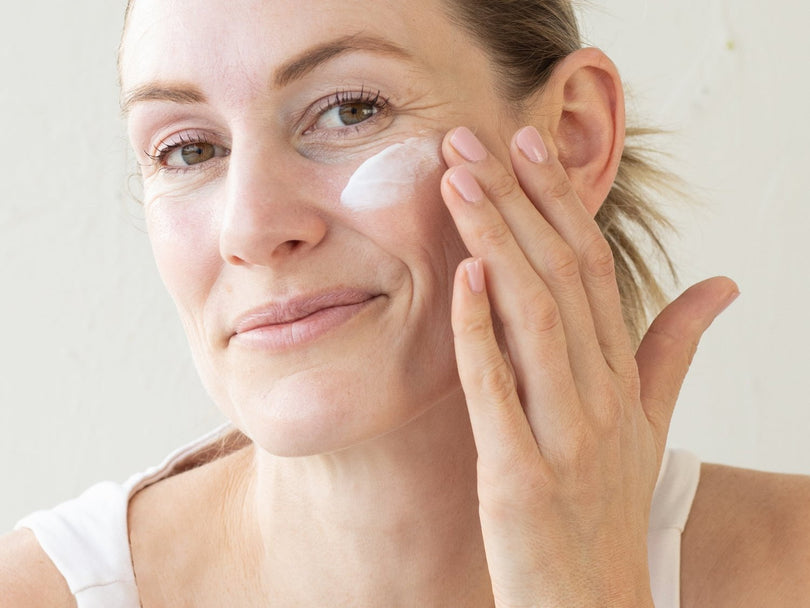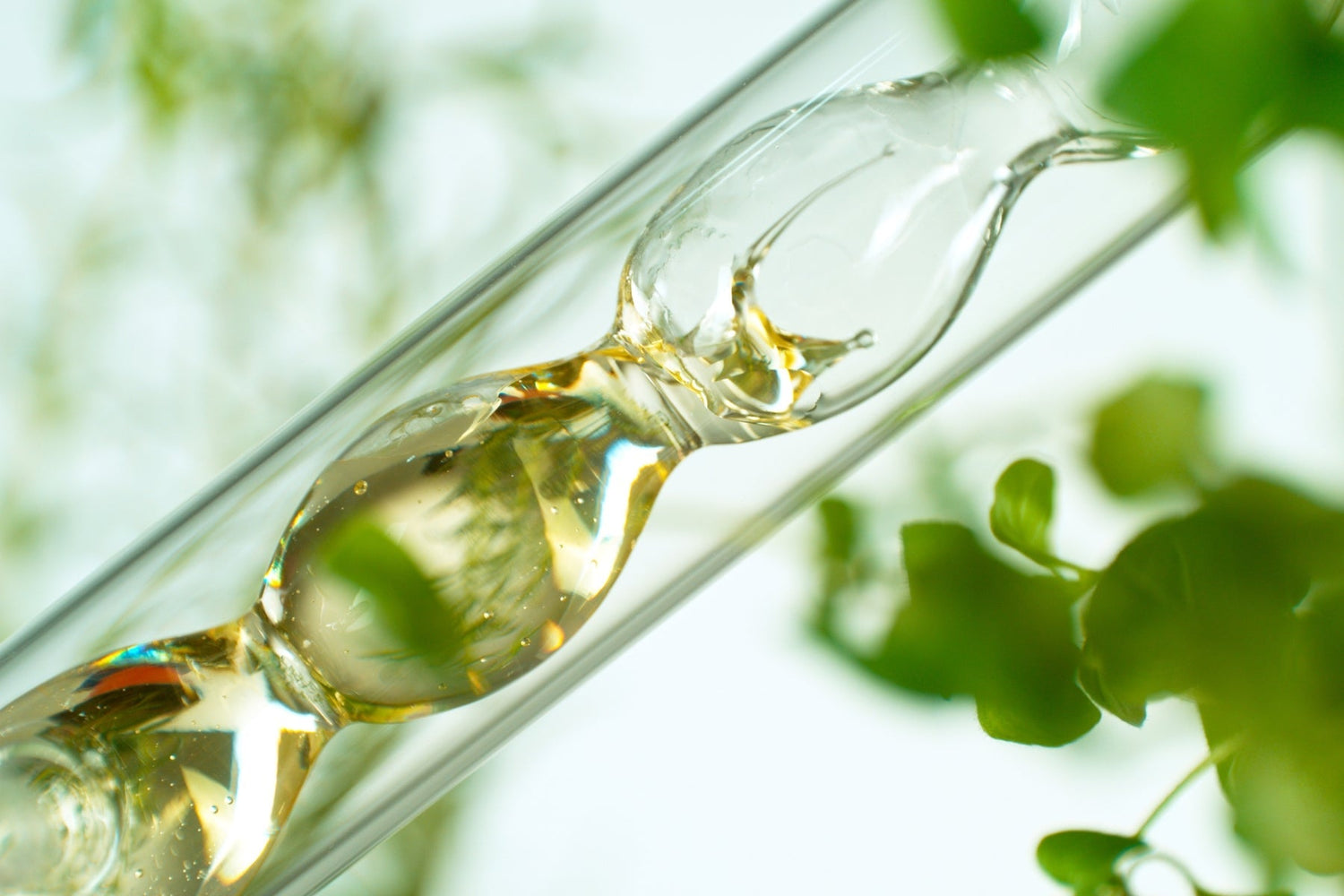Your skincare routine should be a harmonious blend of active ingredients that nourish, protect and restore your skin. But not all ingredients work well together.
Mixing the wrong ingredients in the same routine can lead to dry skin, sun sensitivity, and even damage to your skin barrier.
Here are some combinations of well-known skincare ingredients not to mix, and how to make the most of your skincare actives without causing irritation.
1. Retinol + Salicylic Acid (or any exfoliating acids)
Both salicylic acid and retinol work to speed up skin cell turnover and reduce acne breakouts, but combining them can be too harsh, especially for sensitive skin.
Salicylic acid (a beta hydroxy acid) is a powerful acne treatment that works to unclog pores and reduce sebum production, while retinol increases collagen production and helps treat hyperpigmentation. When used together, they can strip your skin, causing excessive dryness, redness and peeling.
Better Alternative: Use salicylic acid in the morning and retinol at night. Always follow up with a moisturiser to help your skin retain moisture.

2. Vitamin C + Benzoyl Peroxide
If you’re looking to brighten your complexion and treat acne, you might be tempted to mix vitamin C (ascorbic acid) and benzoyl peroxide. However, benzoyl peroxide works by oxidising acne-causing bacteria, and that same oxidation can degrade vitamin C, making it far less effective.
Better Alternative: Use vitamin C in the morning to brighten skin and protect against harmful UV rays and apply benzoyl peroxide products at night for blemish control.
3. Alpha Hydroxy Acids (AHAs) + Beta Hydroxy Acids (BHAs)
Chemical exfoliants like glycolic acid, lactic acid (both AHAs) and salicylic acid (a BHA) work to break down the bonds that hold dead skin cells together. This makes them amazing for improving skin texture, treating acne and reducing the appearance of fine lines and wrinkles. But combining multiple forms of exfoliating acids can over-exfoliate the skin and exacerbate skin dryness, leading to uneven skin tone, a weaker skin barrier, and further irritation.
Better Alternative: Stick to one chemical exfoliant at a time – and if your skin is acne-prone or oily, opt for BHAs. AHAs work better for dry and mature skin types.
4. Retinol + Vitamin C
Both retinol and vitamin C are powerhouse ingredients, but they don’t always get along. Vitamin C is best used during the day to protect skin against free radical damage from UV exposure, while retinol repairs at night to boost cell turnover and improve texture. When used together, they can cause major irritation and reduce each other’s effectiveness.
Better Alternative: Use a vitamin C serum in the morning (paired with SPF to prevent sun damage) and retinol products at night to avoid potential skin irritation.

5. Retinol + Benzoyl Peroxide
Both of these ingredients are commonly found in acne treatments, but together, they can be a recipe for disaster. Benzoyl peroxide works by fighting acne-causing bacteria, while retinol encourages skin renewal. Used at the same time, they can cancel each other out and leave your skin dry, irritated and more prone to breakouts.
Better Alternative: If you have acne-prone skin, try alternating nights (one night retinol, one night benzoyl peroxide) to get the benefits of both without risking excessive skin sensitivity and irritation.
6. Vitamin C + Niacinamide
These are another two skincare ingredients not to mix at the same time. Both are known for brightening skin and treating hyperpigmentation, but using them together can cause them to counteract each other. Niacinamide may interfere with how vitamin C is absorbed, making both less effective.
Better Alternative: If you love both, apply vitamin C in the morning and niacinamide in the evening to improve skin texture and maintain a youthful appearance.

7. Hyaluronic Acid + exfoliating acids
Hyaluronic acid is a fantastic hydrating ingredient that helps your skin to retain moisture, but if used immediately after strong exfoliants like glycolic acid or lactic acid, it may penetrate deeper layers of the skin, potentially leading to irritation.
Better Alternative: Wait a few minutes after applying an AHA or BHA before layering on hyaluronic acid to allow your skin to calm down.
Manuka oil: the perfect pair for almost everything
Packed with anti-inflammatory properties, skin-brightening antioxidants, and many other skincare benefits, manuka oil works to soothe skin irritation, reduce acne breakouts and protect your skin barrier.
ManukaRx harnesses the power of this potent natural ingredient in a range of skincare products designed to balance oil production, fight blemishes and support skin health. Whether you have acne-prone skin, combination skin or mature skin, manuka oil offers a gentle yet effective way to nourish and protect your complexion.
Here’s how manuka oil fits into your skincare routine:
- With exfoliating acids: Manuka oil’s antibacterial and soothing properties help counteract any irritation caused by AHAs and BHAs.
- With vitamin C: Its antioxidant properties help enhance vitamin C’s ability to brighten skin and protect against UV exposure.
- With retinoids: While retinol can sometimes cause excessive dryness, manuka oil helps maintain hydration and support the skin’s moisture barrier.

Final tips for mixing skincare safely
- Always patch-test new skincare products to check for irritation.
- Introduce one new active ingredient at a time to see how your skin reacts.
- Follow up with moisturising ingredients like vitamin E and ferulic acid to hydrate and protect.
- When in doubt, consult a board-certified dermatologist to tailor your skincare routine to your skin type and concerns.
Your skin is unique, and finding the right combination of skincare products takes patience. Keep your routine balanced, listen to your skin and let science-backed ingredients work in harmony to reveal your healthiest glow yet.






